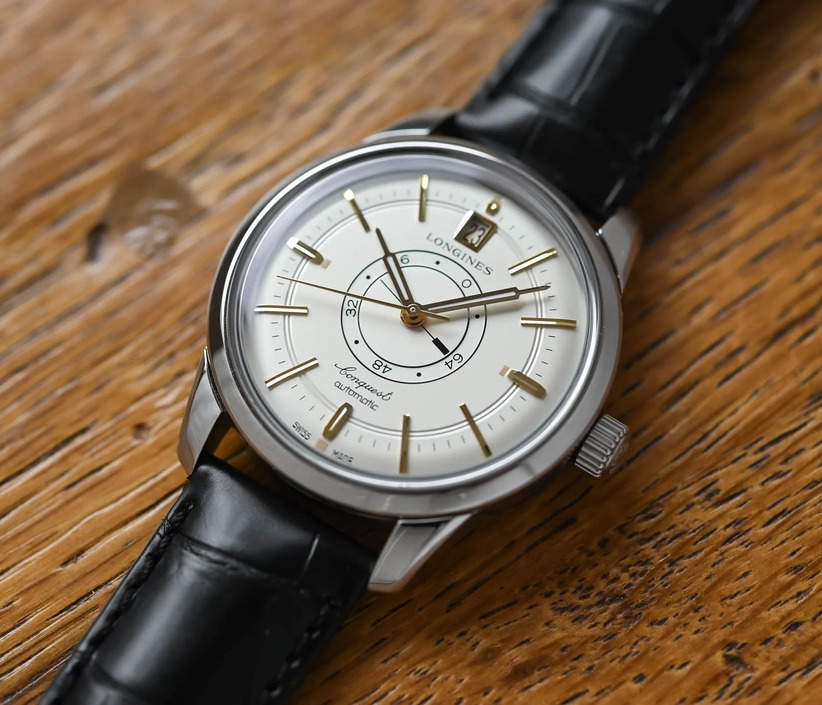
In the world of haute horlogerie, power is a fickle muse. A watch may boast impeccable craftsmanship, but without mastery over its energy—the lifeblood of its ticking heart—it’s little more than a glittering paperweight. Enter the power reserve indicator, a feature as pragmatic as it is poetic. These displays don’t just whisper reminders; they perform ballets of mechanics, turning torque into theater.
Some brands treat power reserves like hidden equations, solved discreetly. Others flaunt them like avant-garde installations. Take the Einser Zentralsekunde, for instance—a watch that tucks its power display into the caseband like a secret love letter. A nine-part differential ensures the winding unfolds with the grace of a symphony, while German silver bridges gleam like moonlight on a blade. Limited to just 30 pieces, it’s horology as high art.
Then there’s the Grossmann Tefnut, where a horizontal slit on the dial bleeds color as the mainspring unwinds. The more you see, the emptier the tank—a visual haiku for the impatient wearer. Its 42-hour reserve is modest, but the drama? Unmatched.
These aren’t mere timekeepers. They’re kinetic sculptures, each reserve display a stroke of genius—or madness. From discs pirouetting to differentials whispering ratios, they prove that in horology, control is the truest form of power.